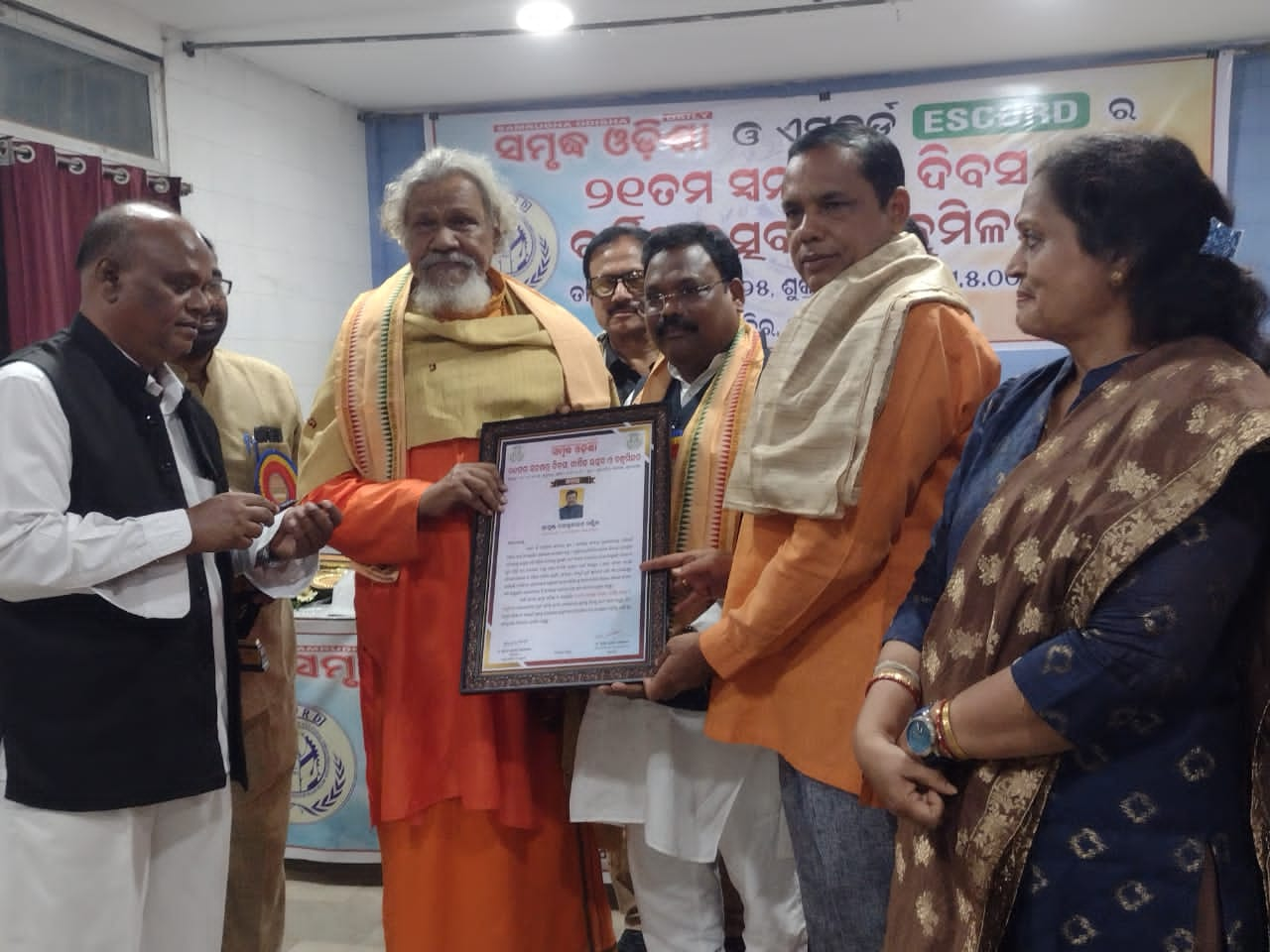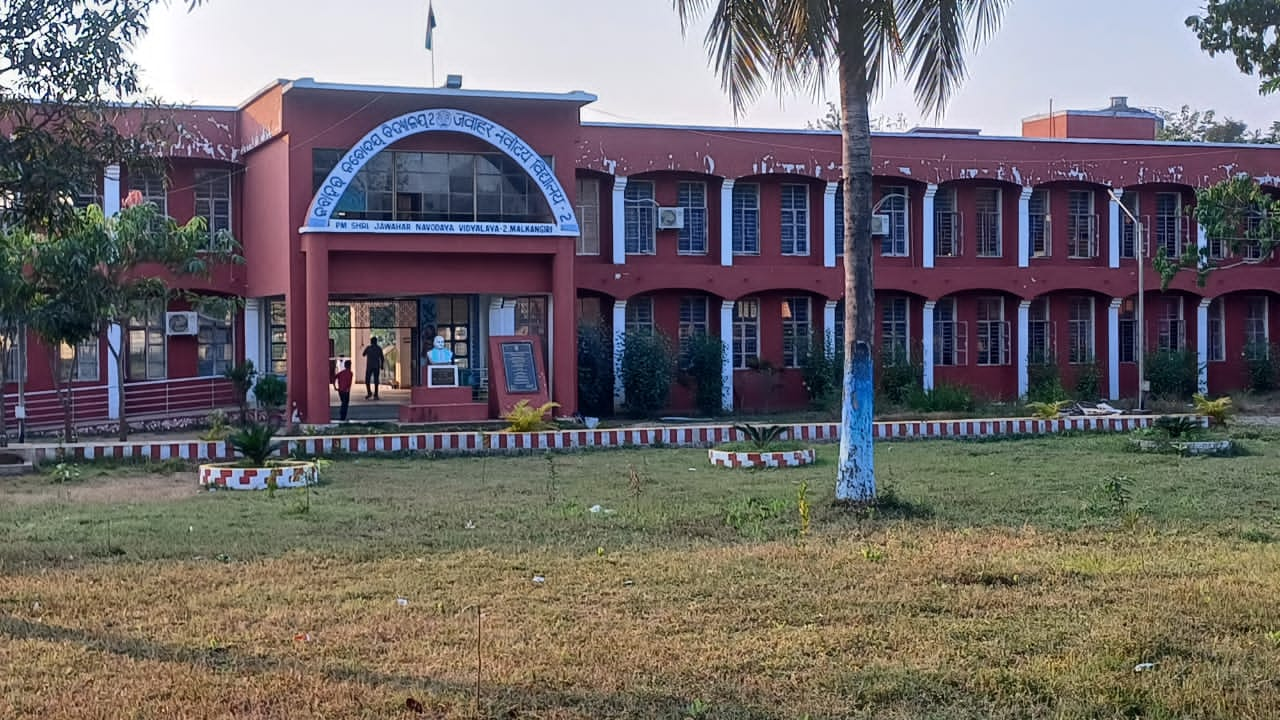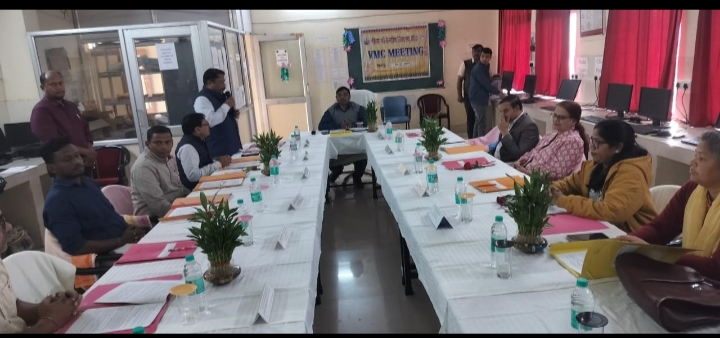Innovation , Creative Destruction & Knowledge
Dr Santosh Kumar Mohapatra
Human history is crammed with evidence of what economists call creative destruction—the process of innovation that propels economic growth. The Nobel Prize in Economic Sciences 2025 has been awarded Mokyr, a professor at Northwestern University in the US; French economist Aghion of Collège de France, and Howitt of Brown University for explaining how innovation leads to sustained economic growth and the process of “creative destruction”- a concept widely regarded by economists as a central feature of capitalist economies.
According to “The Royal Swedish Academy of Sciences”, the prize was split, with half going to Mokyr for explaining the role of technological innovation and the other half to Aghion and Howitt for identifying technology as a crucial driver of long-term economic growth and developing the mathematical model of creative destruction.
The word “creative” refers to the new innovations brought to market and ‘destruction’ to the fate of those antiquated products and processes that are replaced by the new innovation. However, creative destruction always produces winners and losers– where new innovations make older ones obsolete. For example, smartphones have displaced landlines and payphones (as well as alarm clocks and cameras). The evolution of transportation itself, from the use of animals to the invention of the wheel, railways, and finally the aeroplane, has been a long process of inventing newer, more efficient ways of travelling, often dismantling outmoded ones.
This process is creative because it builds upon innovation, but it is also destructive because older products become obsolete and lose their commercial value. Over time, this process has fundamentally changed our societies – over the span of one or two centuries, almost everything has changed.
By explaining the mechanisms of innovation, the laureates also provided a deeper understanding of the technological change that Solow identified as the ultimate driver of long –run growth. Robert M Solow, who won the Nobel prize in Economics in 1987 had revealed through mathematical growth models that most economic expansion was due to technological progress, not just increases in capital and labour.
In India, in mythology, “creative destruction” once referred to the cosmological realm occupied by the King of Dancers, Shiva-Nataraj, whose continuous dance of creation and destruction governs the universe. While German economist and sociologist Werner Sombart (1863-1961) introduced the term creative destruction, it was first coined by Austrian economist Joseph Schumpeter in 1942. Sombart first used “creative destruction” in his 1913 book to describe how destruction fuels creation, using the example of how wood scarcity forced the invention of substitutes and new heating methods.
However, many of its conceptual roots of Schumpeter, go back to Karl Marx. Both Karl Marx (1818-1883) and Joseph Schumpeter used the idea of “creative destruction” to describe capitalism’s inherent instability, but they differed in their conclusions. In Capitalism, Socialism and Democracy (1942), Schumpeter described the process where new innovations replace outdated systems, practices and technologies. In contrast with Marx – who argued that the creative-destructive forces unleashed by capitalism would eventually lead to its ultimate collapse and demise as a system.
However, Schumpeter viewed it as a process of constant, dynamic evolution that was essential for capitalism’s success and long-term dynamism. Schumpeter’s ideas clashed with those of his contemporaries, such as John Maynard Keynes. For example, Keynes viewed the economy as healthy when in static equilibrium, while Schumpeter saw equilibrium as unhealthy and innovation as the economy’s driver.
The “forces of production” include technology, machinery, raw materials, and the skills and knowledge of the labour force. But Marx argued that technology is the primary driver of historical and social change, not capital. Under capitalism, technology is not a neutral tool but is fundamentally shaped by and in service of capital. What is disconcerting is that in capitalism, technology is directed toward increasing profit for the capitalist, not toward benefiting society as a whole.
Speaking about the significance of creative destruction and the work by the three Nobel winners, Kerstin Enflo, a member of the economics prize committee, said, “During the last 200 years, the world has seen more economic growth than ever before in human history. The laureates’ work reminds us that we should not take progress for granted. For most of human history, stagnation was the norm, and progress is an exception that must be protected. Since, the growth is not automatic, society must keep an eye on the factors that generate and sustain economic growth.
Before Nobel laureate Amartya Sen expanded the idea of human development, when economists largely measured growth by gross domestic product (GDP)– the total output of goods and services. But Mokyr, Aghion, and Howitt’s work reminds us that real progress includes qualitative improvements, new medicines, safer transport, cleaner energy, better food, and faster communication, all of which enhance human well-being. But it is widely recognized that many countries, including India, have historically prioritized GDP growth as the primary metric of national progress, often without giving equal weight to qualitative improvements in citizens’ lives.
It is apparent that, in the long run, sustained growth does not only have positive consequences for human wellbeing. First, sustained growth is not synonymous with sustainable growth. The sustained growth, that focuses on a consistent increase in metrics like GDP, can have significant negative side effects such as pollution, climate change, increasing inequality, and antibiotic resistance. and the unsustainable use of natural resources. Mokyr believes technology can sometimes help solve these issues, but only when guided by strong well-designed public policies.
But public policies are twisted to favour rich, corporates and powerful people even at the cost of the environment and human welfare. Noble Laureates’ work shows that we must be aware of, and thwart threats to continued growth. These threats may come from a few companies being allowed to dominate the market, restrictions on academic freedom, expanding knowledge at regional rather than global levels, and obstructions from potentially disadvantaged groups. If we fail to respond to these threats, the machine that has given us sustained growth, creative destruction, may cease working – and we would once again need to become accustomed to stagnation.
. Through his research in economic history, Joel Mokyr has demonstrated that a continual flow of useful knowledge is necessary. Another factor that Mokyr claims is necessary for sustained growth is that society is open to change. He also showed that this is why new technology is often met with resistance from established interest groups who feel their privileges are threatened. Last year’s Nobel laureates Daron Acemoglu and James A Robinson have also shown that authoritarian systems can achieve growth through resource mobilization, but this growth is often unstable and lacks genuine, long-term innovation because such regimes fear and block the “creative destruction” that comes with new innovations.
What is reprehensible is that right-wing governments, including India’s, are annihilating the qualities essential for innovation: scientific temper, independent thought, critical thinking, inquisitiveness, and a research mentality. The ruling dispensation at Centre is promoting pseudoscience, making unscientific claims of unreal technological achievements and overstated ideas about ancient Indian knowledge systems to build a hyper-nationalist narrative.
The claim that India lacks innovation is buttressed by several factors, including obscurantism, religious fanaticism, mulishly sticking to outdated tradition, a “brain drain” of talent, lack of risk-taking inability and low spending on research and development (R&D). However, there is a growing global movement, to move beyond a narrow focus on economic output toward a more holistic view of well-being. It is imperative to have sustainable growth that integrates economic viability with environmental protection and social equity.
(The author is an Odisha based eminent economist , columnist and social thinker Email: skmohapatra67@gmail.com)
Innovation , Creative Destruction & Knowledge-Dr Santosh Kumar Mohapatra












Leave a Reply